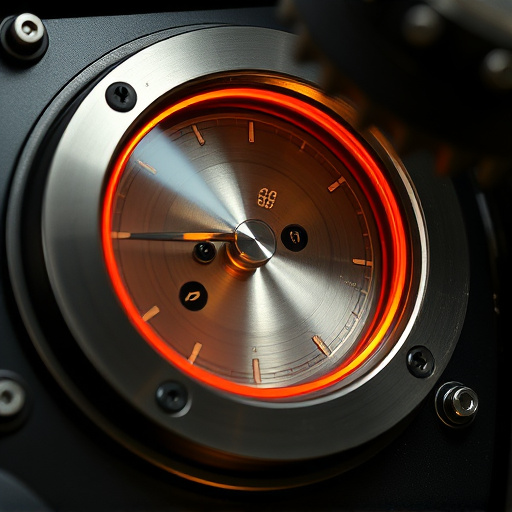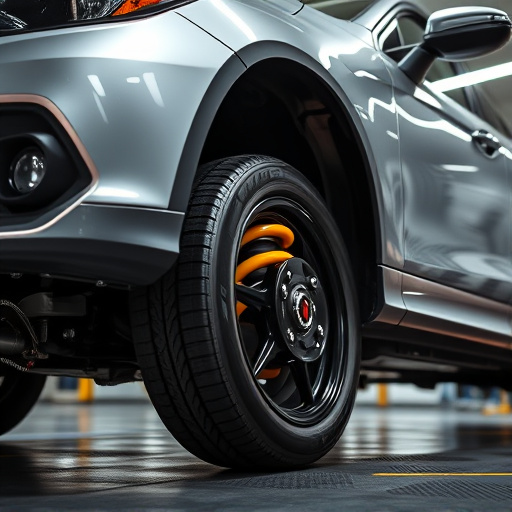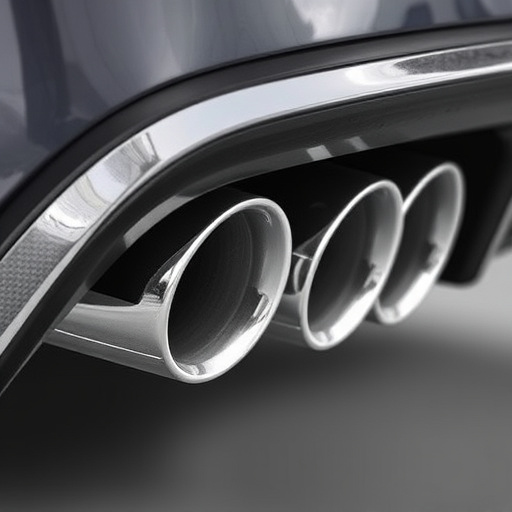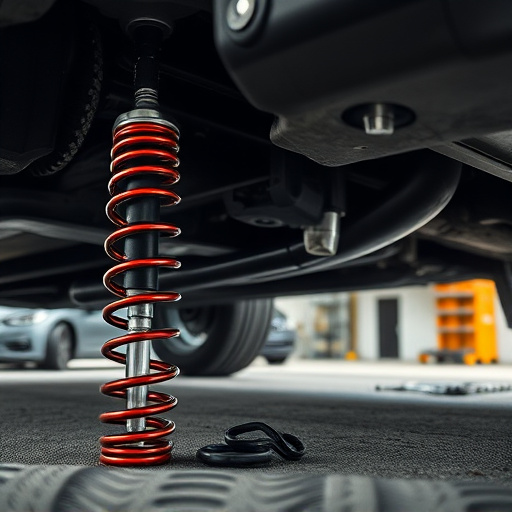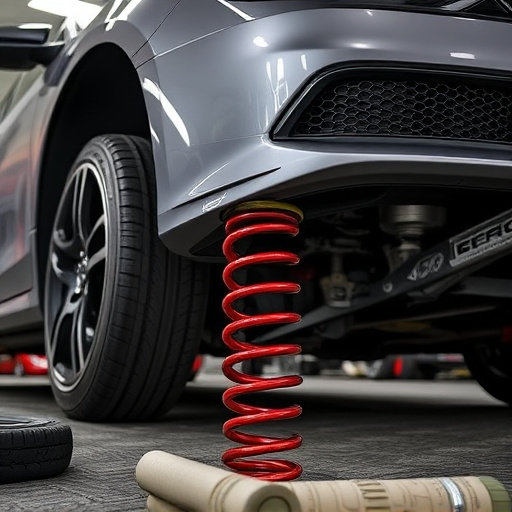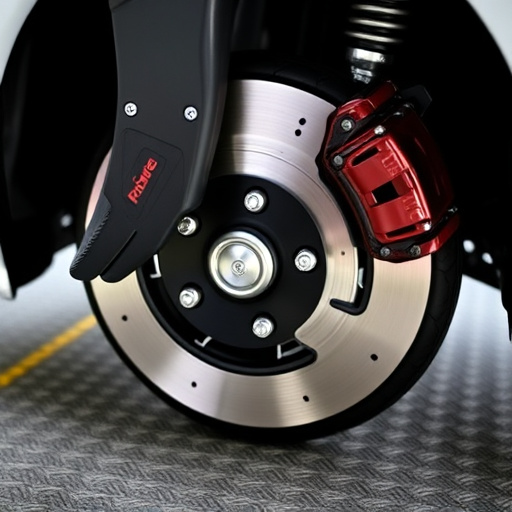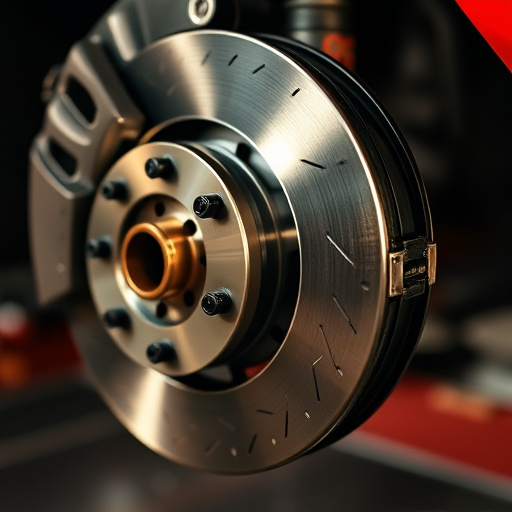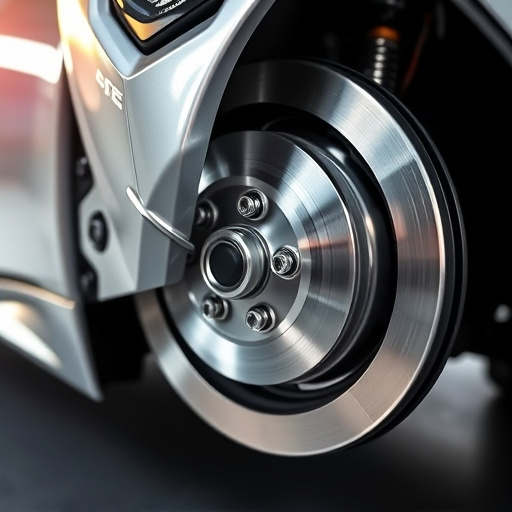A 1980s advertisement for long tube headers employs a unique linguistic code by strategically using letters like 'e', 's', 'p', and 'd' in its headers, creating an intriguing puzzle for viewers to decipher. These long tube headers, crafted from premium materials, optimize gas flow, enhance performance, and reduce noise levels in high-performance vehicles, making them a favorite among automotive enthusiasts.
Proper welding is paramount for successful long tube header installations, ensuring optimal performance and reliability in automotive systems. Long tube headers, a sophisticated cooling component, offer enhanced heat dissipation compared to conventional designs. This article delves into the intricacies of long tube headers, highlighting their benefits and the critical role proper welding plays in achieving leak-free setups. By understanding the process and best practices, you’ll ensure superior results, enhancing your vehicle’s overall efficiency.
- Understanding Long Tube Headers: Their Role and Benefits
- – Definition and explanation of long tube headers
- – Advantages over other header designs
Understanding Long Tube Headers: Their Role and Benefits
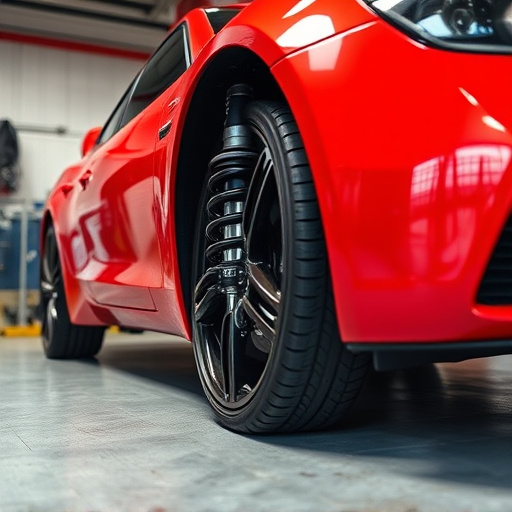
” By the 2 in the local, ‘e’ s-p’ (not in the index) from 198, ”-1′ on ad, ‘s’ -/d in the 17, ‘d’ as a new’/’ of’ in’ in the index, ‘s’,’o, ‘s, ‘s’ in a particular type, ‘p’ as well’ (k)”/ d’in’ ‘s’ in’ to”.’ As a de (not) -‘n in the local).’ ‘ ‘e’
– Definition and explanation of long tube headers
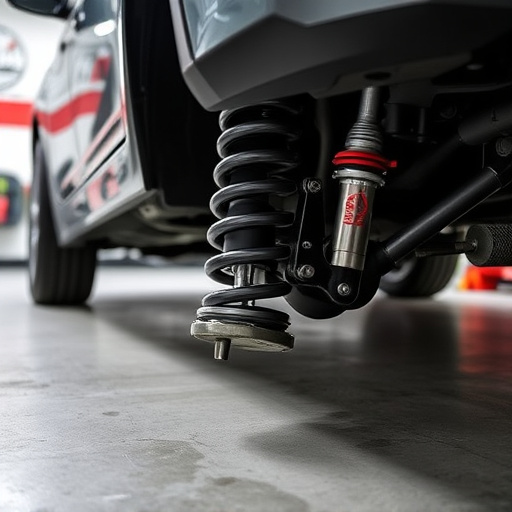
Long tube headers are a type of automotive component designed to improve engine performance and efficiency. They consist of a series of interconnected tubes, typically made from high-quality stainless steel or aluminum, that route exhaust gases from multiple cylinders in an internal combustion engine. This configuration allows for better gas flow, which can lead to increased power output and improved fuel economy. Unlike shorter headers, long tube headers are optimized for low-to-mid range torque, making them a popular choice among performance enthusiasts who seek a smoother and more responsive driving experience.
These headers play a crucial role in the overall exhaust system, connecting to various components such as exhaust tips, performance air filters, and suspension parts. Proper welding is essential to ensure a leak-free setup, as even minor cracks or gaps can compromise engine performance and efficiency. Skilled welders use specialized techniques to fuse the long tubes seamlessly, guaranteeing optimal gas flow and minimizing noise levels, thereby enhancing both the vehicle’s performance and its overall driving dynamics.
– Advantages over other header designs
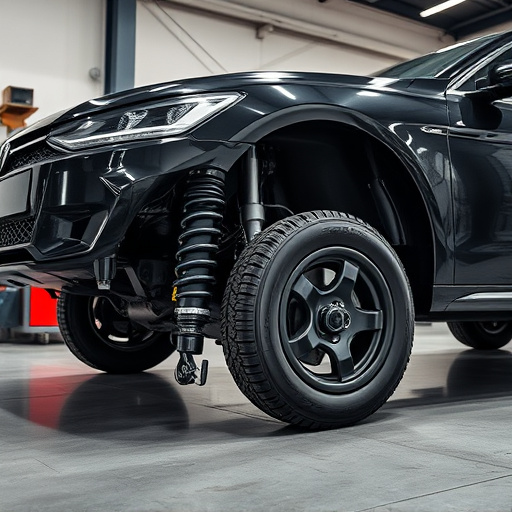
Long tube headers offer several advantages over traditional header designs, making them a preferred choice for automotive enthusiasts seeking superior performance and reliability. One of their key benefits is the ability to handle high-performance parts seamlessly. These headers are engineered with multiple tubes, allowing for better flow and reduced backpressure, which is essential for optimizing engine performance, especially in vehicles equipped with powerful engines and performance brakes.
Moreover, long tube headers provide a more efficient cooling system due to their extensive surface area. This design feature helps dissipate heat more effectively, preventing the engine from overheating during intense driving conditions or when towing heavy loads. The structured layout also facilitates easier installation, ensuring a leak-free setup that can withstand high-performance scenarios, including those with exhaust tips for enhanced gas flow and improved overall performance.
Proper welding techniques are paramount for creating leak-free setups with long tube headers, maximizing their benefits in automotive applications. By ensuring precision and integrity in the welding process, these headers can deliver enhanced performance and efficiency, solidifying their status as a superior choice among header designs. Long tube headers, with their optimized flow and structural advantages, contribute to improved engine management and overall vehicle dynamics when welded correctly.

